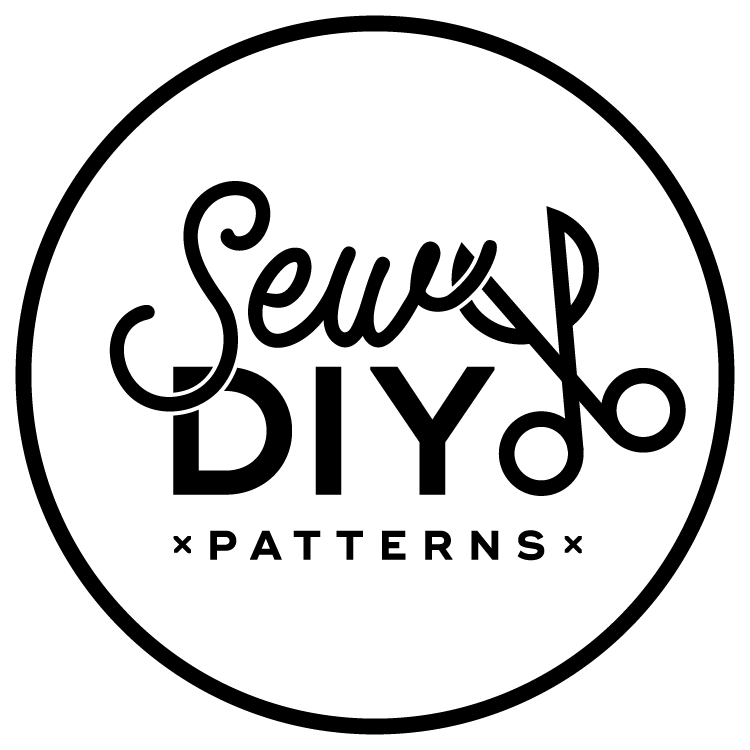Today, I’m sharing how I store my pdf patterns. These patterns can get rather cumbersome and I often get asked to store them. I’ve been using this method for a quite a few years now and it works really well for me. But it may take you a little experimenting to find a system that works for you. Watch the video to learn how I store my pdf patterns both digitally and physically and read on for more tips.
Ideas for organizing your fabric
One of my biggest sewing room struggles over the years, has been finding ways to store my fabric. I’ve had periods of success and many periods (like right now) where I feel like my fabric is taking over the sewing room. Because I’ve had success in the past, I know that I have all the knowledge and tools that I need. The only thing lacking was motivation. Which is why I’m hosting the I Love My Fabric Virtual Party (happening August 10-11, 2019). In today’s post, I’m sharing a bunch of ideas and links that will help you organize your fabric and get your sewing room in tip top shape. There are two main kinds of organizing and you can do either or both. The first is to physically organize the stash, meaning the folding, stacking, storing, etc. The second is to create a catalog of your fabric that you can reference instead of diving into the physical fabric. Read on for my best fabric storage and organization ideas for your sewing room.
(Side note, the party is very open ended and you are not required to do any sorting. And if your stash is already organized, feel free to join in spirit and share photos of your system or even just a few of your favorite fabrics.)
How to create a digital sewing pattern catalog using evernote
How to create a Sewing Pattern Catalog using Evernote
For years I've been searching for an easy way to digitally catalog my 100+ sewing patterns. I've tried a few free online sites and I know there are others you can purchase but so far haven't been satisfied. I wanted something quick, visual and portable. I really wanted something like Ravelry but for sewing (if you are a knitter you know what I'm talking about). I know there are some sites developing out there but the ones I tried were too time consuming or confusing.










